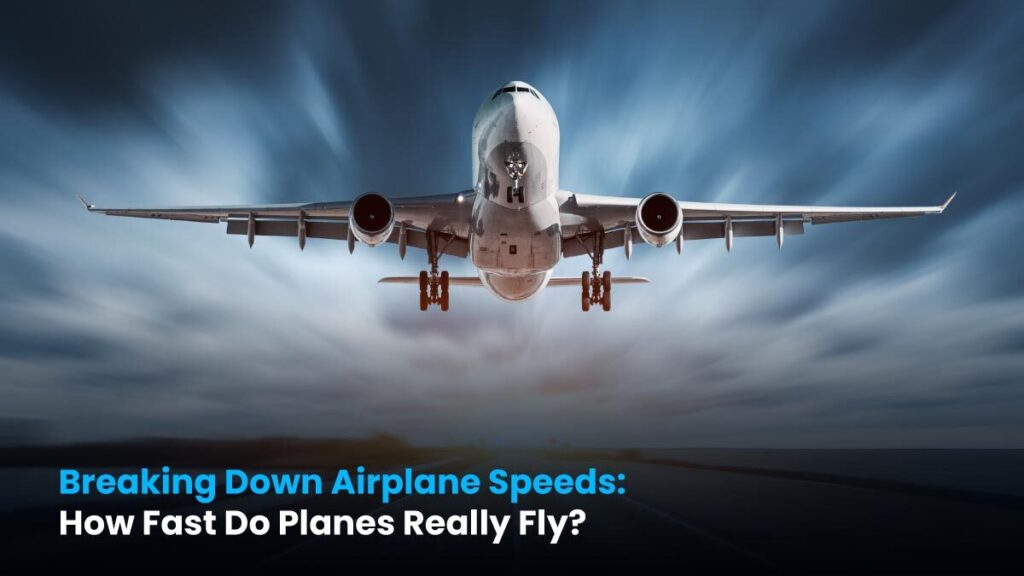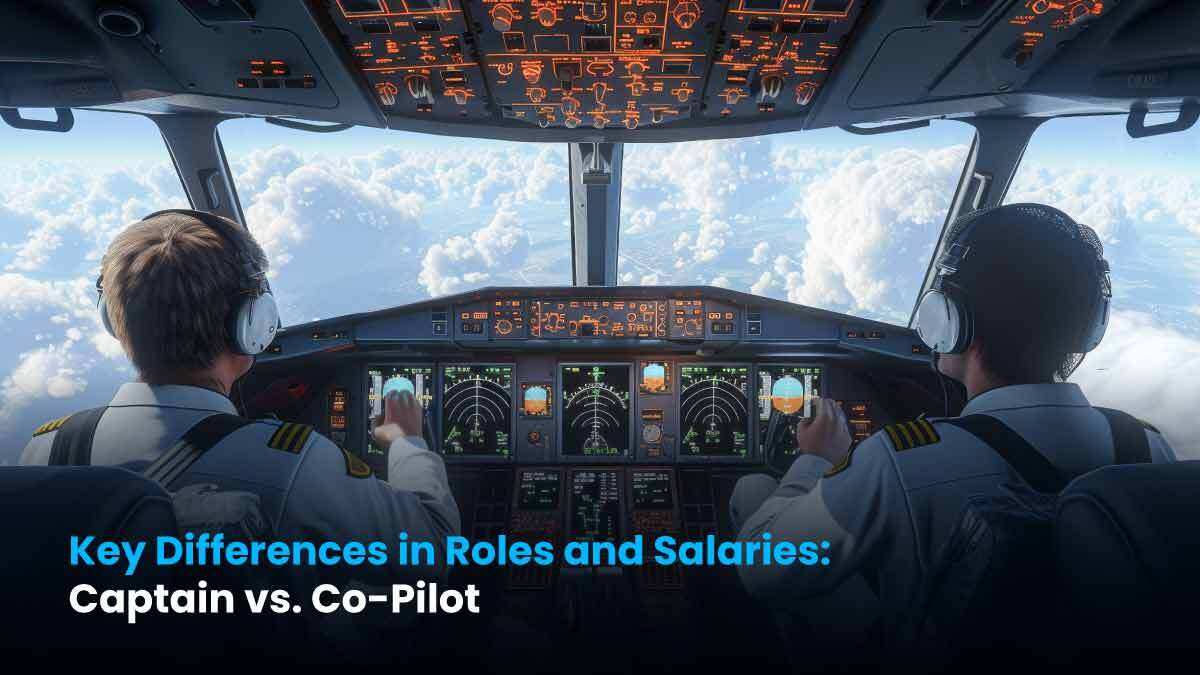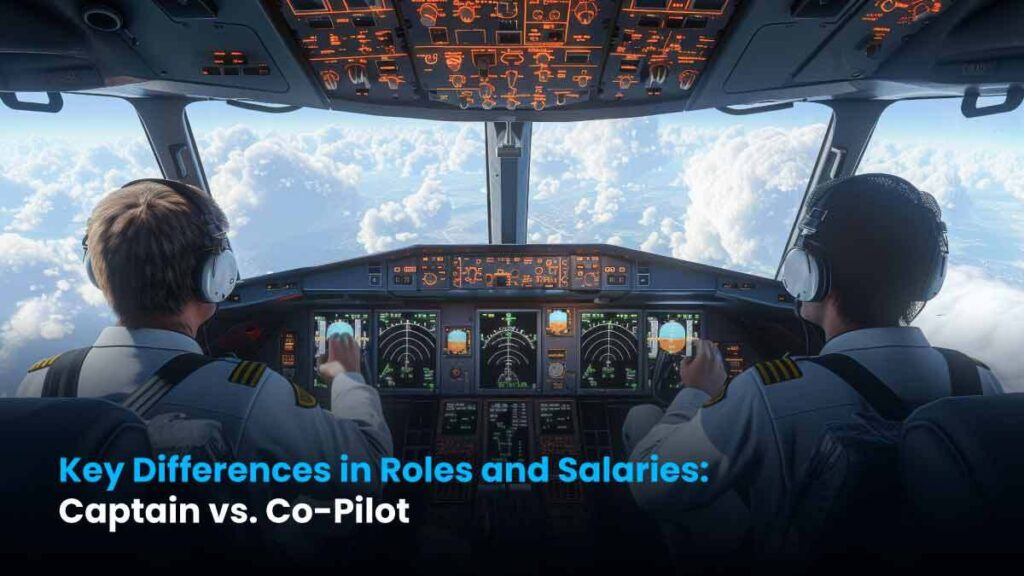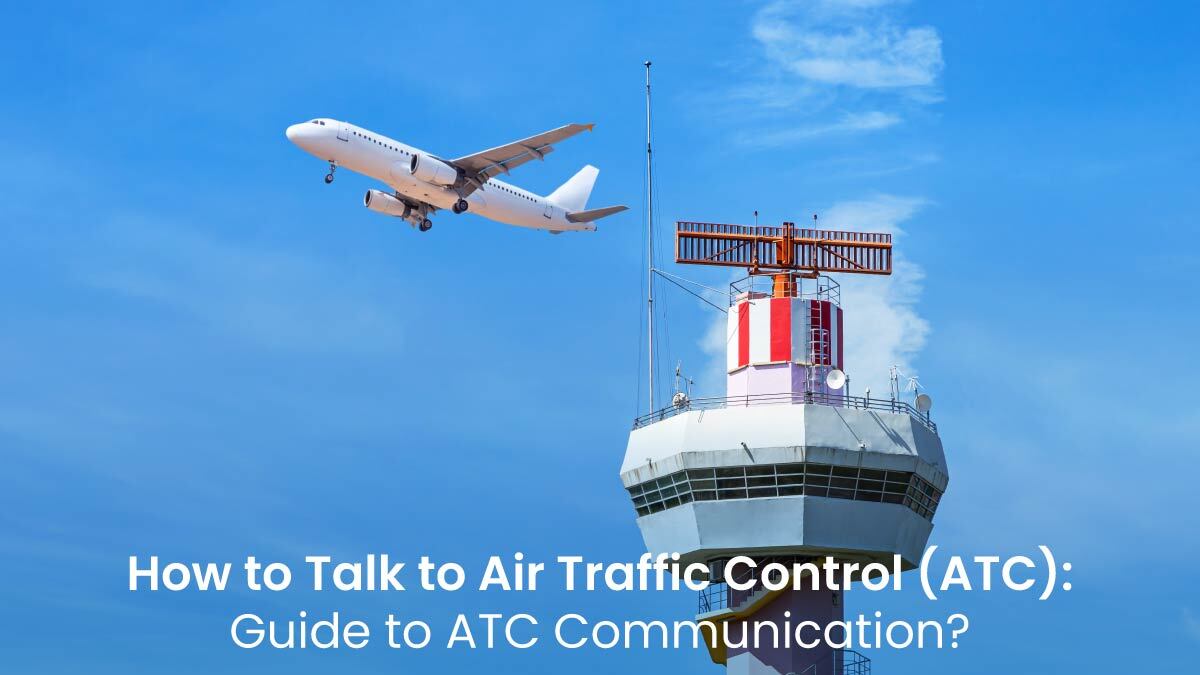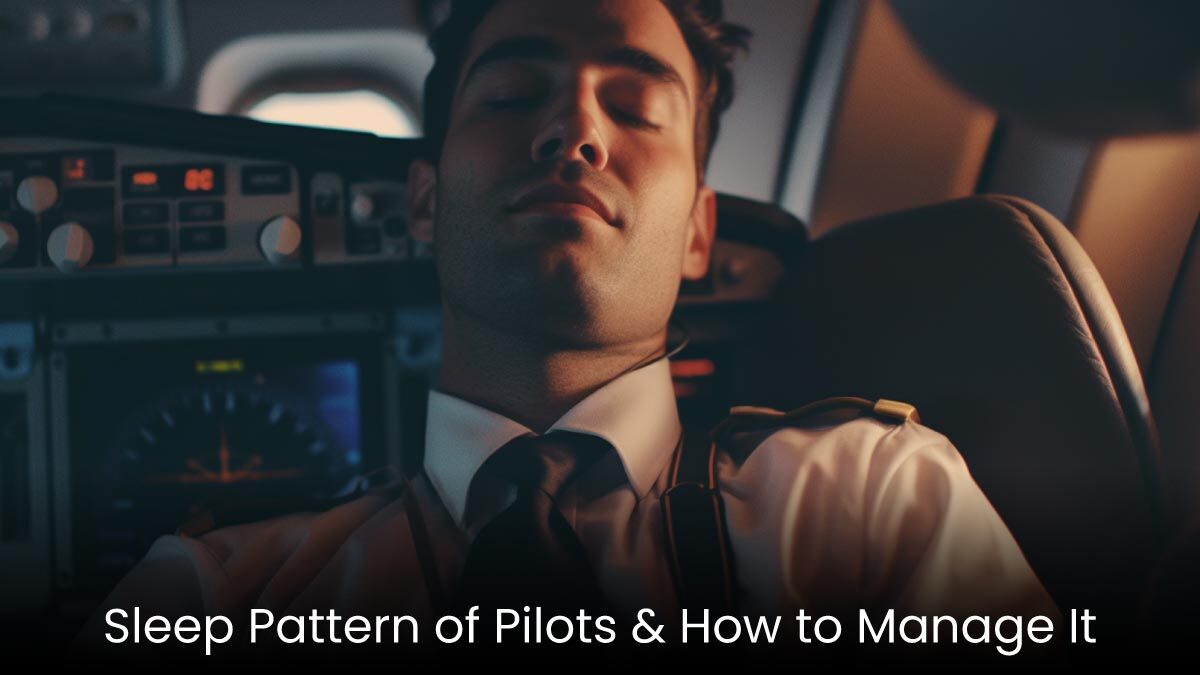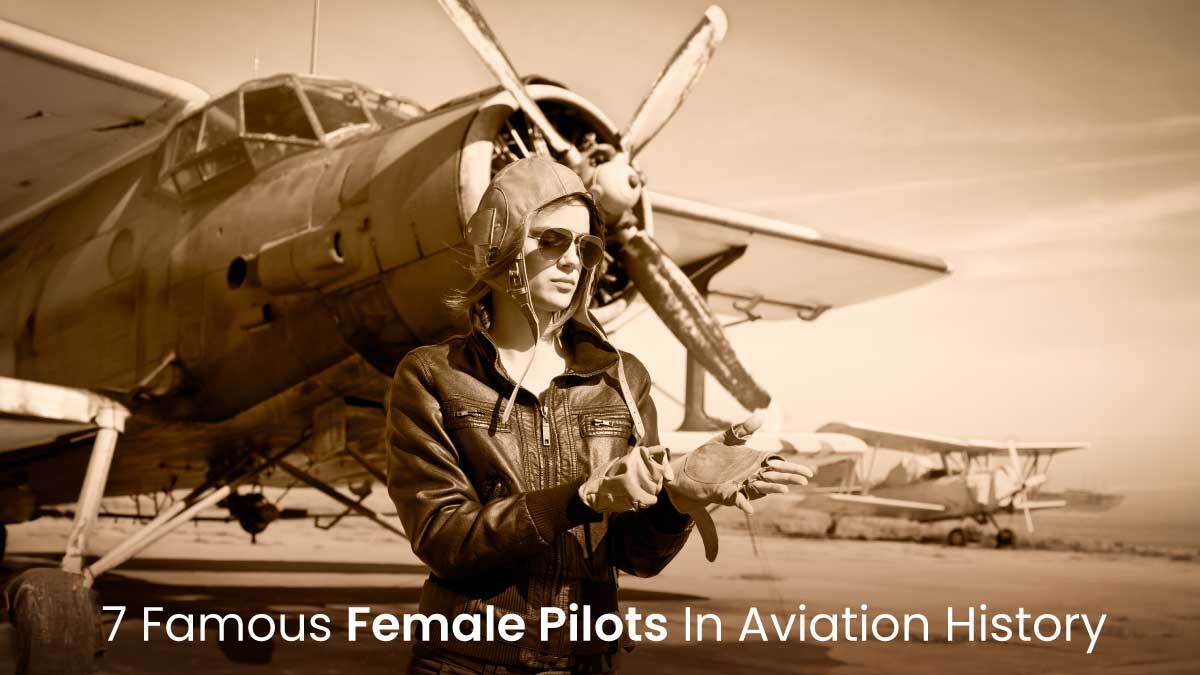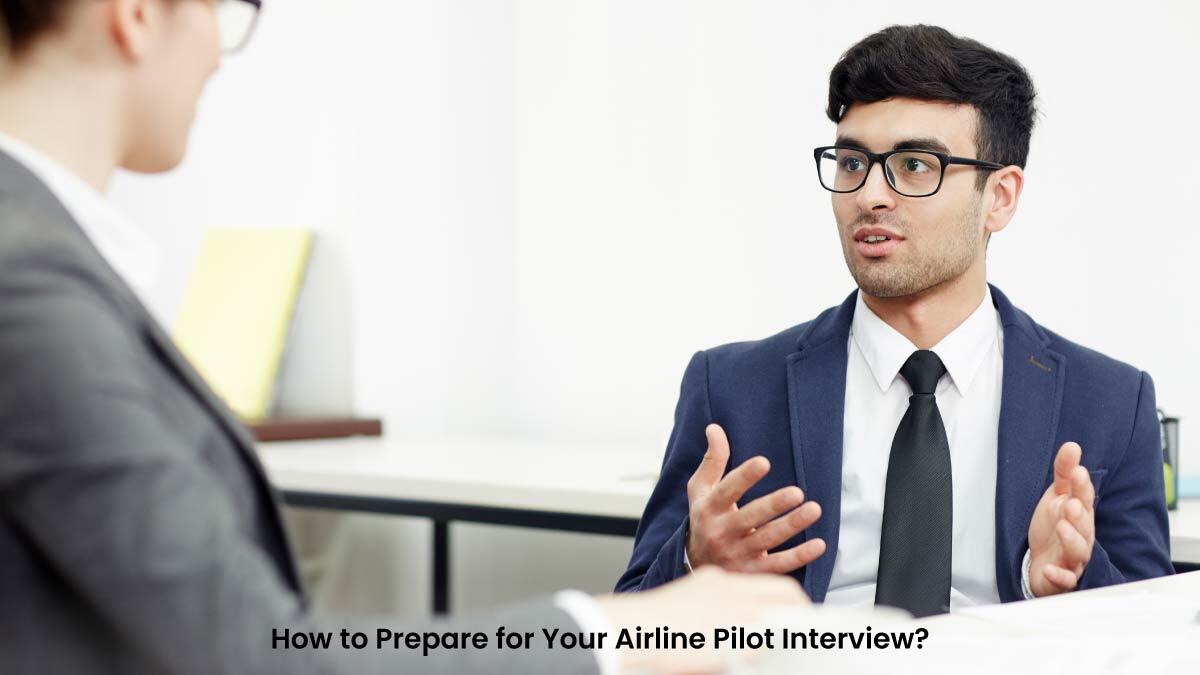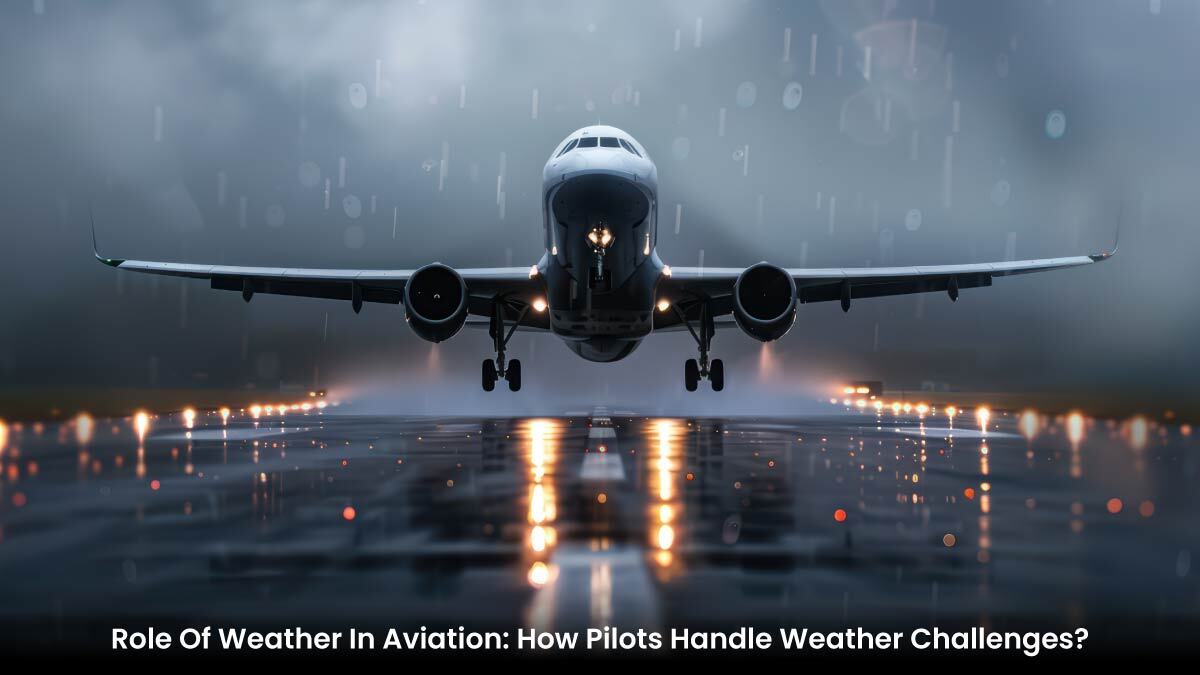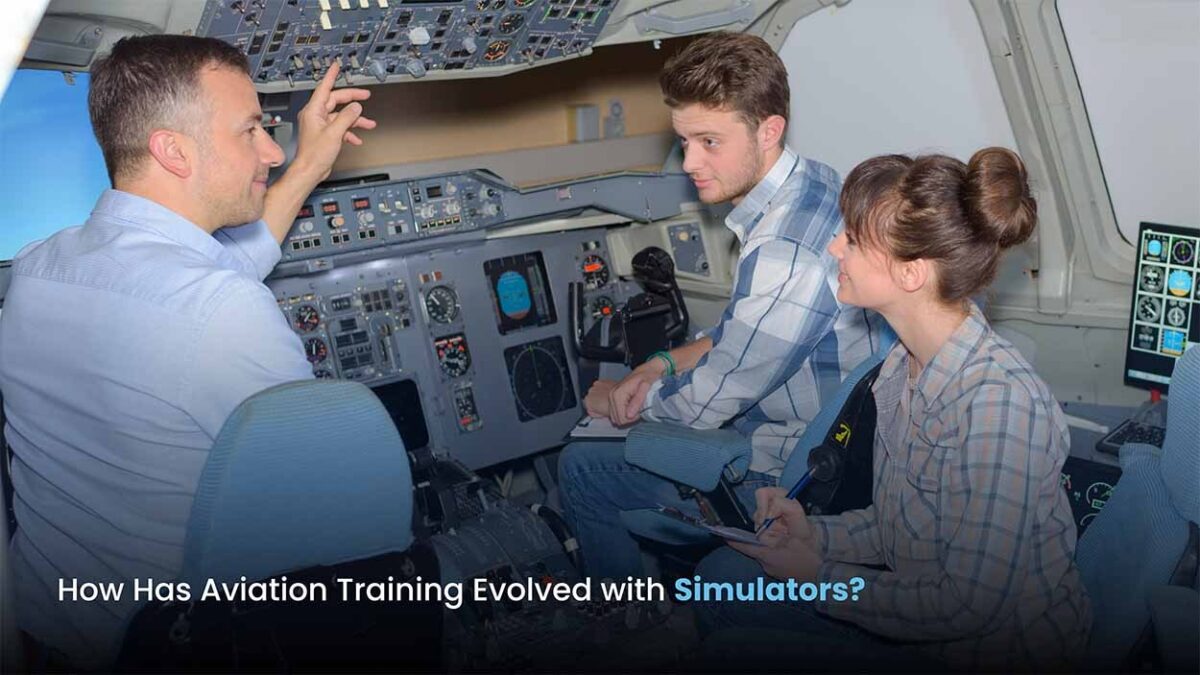
“Tower, this is Alpha Bravo 301 requesting clearance for takeoff on Runway 27L.”
“Alpha Bravo 301, cleared for takeoff on 27L. Winds at 10 knots, visibility clear. Safe travels!”
Ever wondered what all this means? In the world of aviation, every word matters. Pilots and air traffic controllers rely on a special language known as alpha codes, or the aviation alphabet code, to communicate vital information clearly and accurately. Let’s dive into the ABCs of aviation and discover how these codes keep the skies safe.
What is Alpha Code?
Alpha codes, or phonetic or airline alphabet codes, are mainly used in aviation, establishing unambiguous, immediate communication between pilots, air traffic controllers, and ground crews. Designed to eliminate ambiguity, these codes replace the standard alphabet with unique words. For instance, “Alpha” becomes “A,” “Bravo” is named “B,” and so on forming a system universally recognised and reducing the prospect of miscommunication to a great extent. Pilots, who work in high-stakes situations, rely on these codes to convey vital pieces of information, especially when the environment is busy or turbulent due to background noise.
History of Alpha Codes
The phonetic alphabet was first brought into being by the International Civil Aviation Organization (ICAO), which the modern alphabet code was developed in 1956, to put aviation communication on a firm footing worldwide. Each word was carefully selected to sound distinct and avoid confusion in noisy environments. Letters such as “B,” “D,” etc. can be easily mistaken for each other over a radio link, but “Bravo”-with the other being “Delta”-is an unmistakable difference. Careful selection of the phonetic alphabet resulted in the alphabet becoming the world-recognised system that permits pilots to share communication regardless of country or native tongue.
The A to Z of Aviation’s Phonetic Alphabet
This is a representation of the phonetic alphabet, which is most straightforwardly outlined as a set of 26 words to substitute each letter. Here are a few commonly remembered terms:
- Alpha (A) – A clear start to the alphabet, straightforward and universally recognised.
- Bravo (B) – A distinct word that eliminates any risk of mishearing.
- Charlie (C) – Simple yet unique, ensuring easy recognition.
- Delta (D) – Chosen for its clarity, reducing misinterpretations with similar-sounding letters.
- Echo (E) – Clear even through radio static.
These examples highlight the internationalisation of the alphabet code, which has achieved global recognition. Although originating in aviation, the system has been adopted by military and emergency services worldwide due to its effectiveness. The airline alphabet code is so well-regarded that it has become a critical part of general communication for anyone involved in the aviation industry, from baggage handlers to pilots and traffic controllers.
Why Alpha Codes Matter in Aviation
Effective communication is at the heart of safe air travel. Pilots and air traffic controllers often operate in high-stress environments, where even the smallest miscommunication can lead to severe consequences. Imagine a pilot requesting landing clearance with the phrase “Runway Three Six Right” only for it to be misunderstood due to radio interference. Here, using an aviation alphabet code transforms “R” to “Romeo” and “T” to “Tango,” making each instruction unmistakably clear.
This alphabet code also transcends language barriers. Given that pilots and controllers come from all over the world, using a consistent and universally recognised system helps avoid confusion that might arise from diverse accents or languages. With clear, recognisable words, pilots and ground staff know they’re aligned, making global skies safer and more efficient.
Beyond Pilots: Who Uses Alpha Codes?
While the phonetic alphabet is often associated with pilots, it’s widely used across various sectors. Airport security, baggage handlers, and even emergency responders use this alphabet in fast-paced, critical environments. This shared language fosters coordination across different teams, ensuring everyone operates with the same set of terms to prevent delays, miscommunication, or errors.
In addition, alpha codes provide simplicity and clarity for civilians. Most major airlines, for example, integrate these codes into passenger information systems to avoid confusion, especially for non-native speakers who may be unfamiliar with local pronunciation. The flexibility of these codes proves useful, highlighting why they remain a cornerstone of aviation communication.
The Evolution of Alpha Codes
While the ICAO’s alphabet is internationally standardised, the codes have undergone some adjustments over the years. Changes occur occasionally to account for regional dialects or technological advancements in communication systems. For example, the United States and NATO forces use nearly identical codes, ensuring continuity in military and civilian aviation, although regional variations are minor.
Today’s alphabet code serves as a testament to the aviation industry’s commitment to clear communication. As air traffic volume continues to grow, alpha codes offer an invaluable tool for ensuring that every message is understood as intended, keeping air travel safe and efficient. Insight Aviation’s IndiGo Cadet Pilot Programme makes you future-ready with comprehensive knowledge of aviation codes and practices. Join Insight Aviation to master the art of flying and the skills needed to succeed.
FAQs
Q. Why do pilots use alpha codes instead of regular letters?
A. Alpha codes minimise misunderstandings that may arise from similar-sounding letters.
Q. Are there regional differences in the phonetic alphabet?
A. Minor regional differences exist, but the alphabet is largely standardised.
Q. What are the benefits of using alpha codes in aviation?
A. They reduce miscommunication risks, enhance safety and streamline global communication.
Q. Are alpha codes used only by pilots?
A. No, alpha codes are used by various airport and emergency personnel for clear communication.





